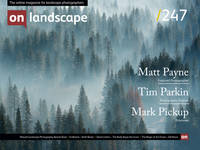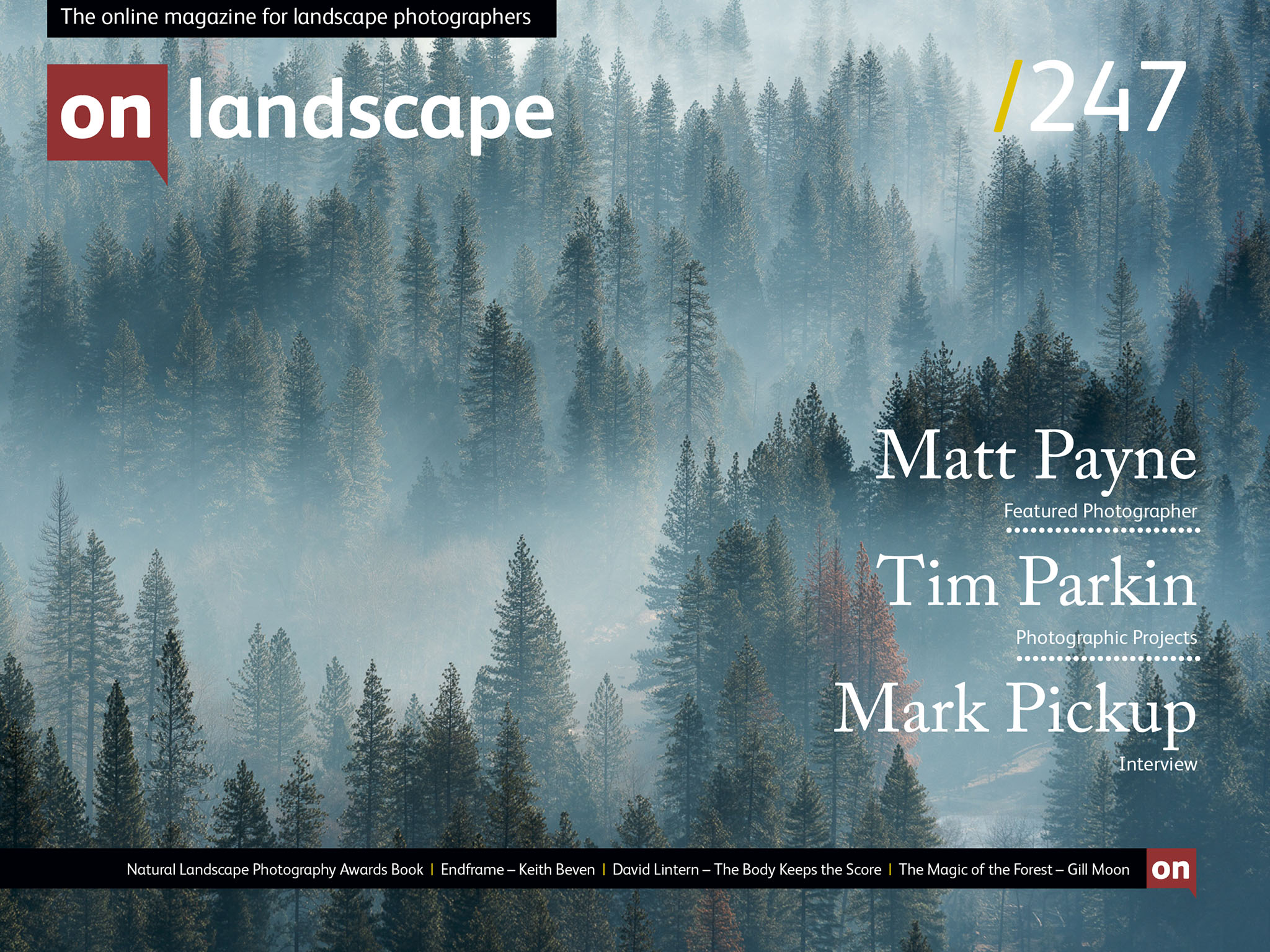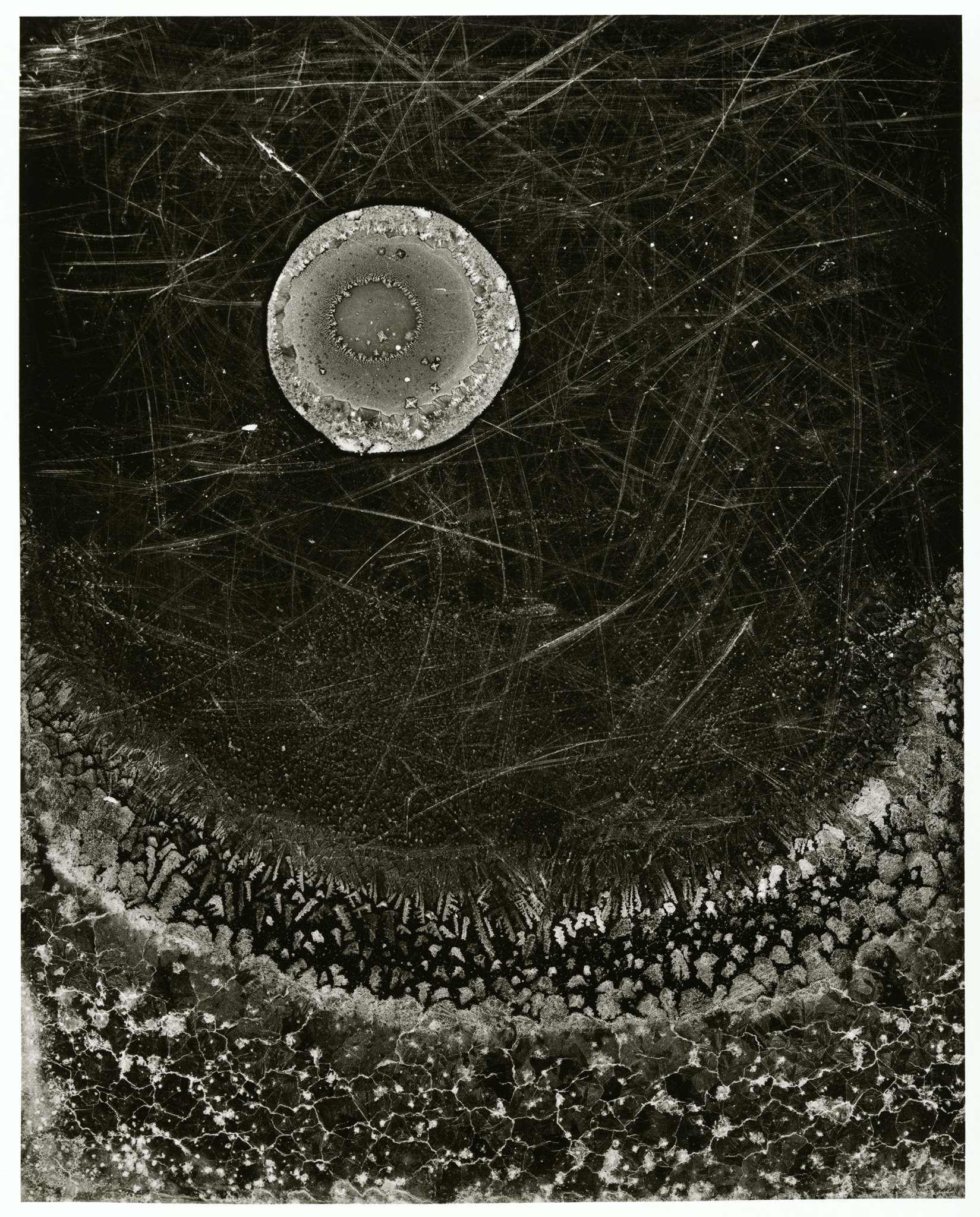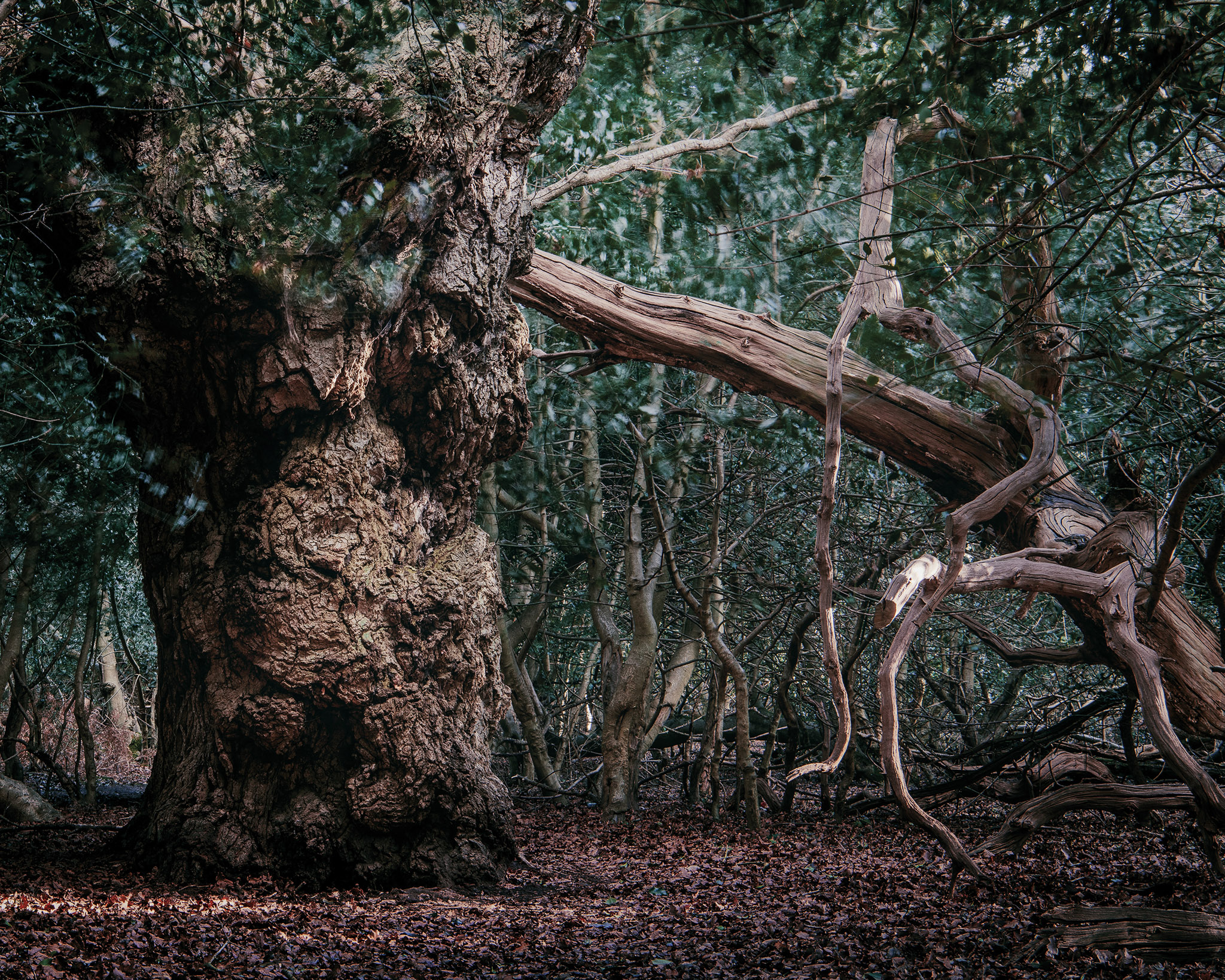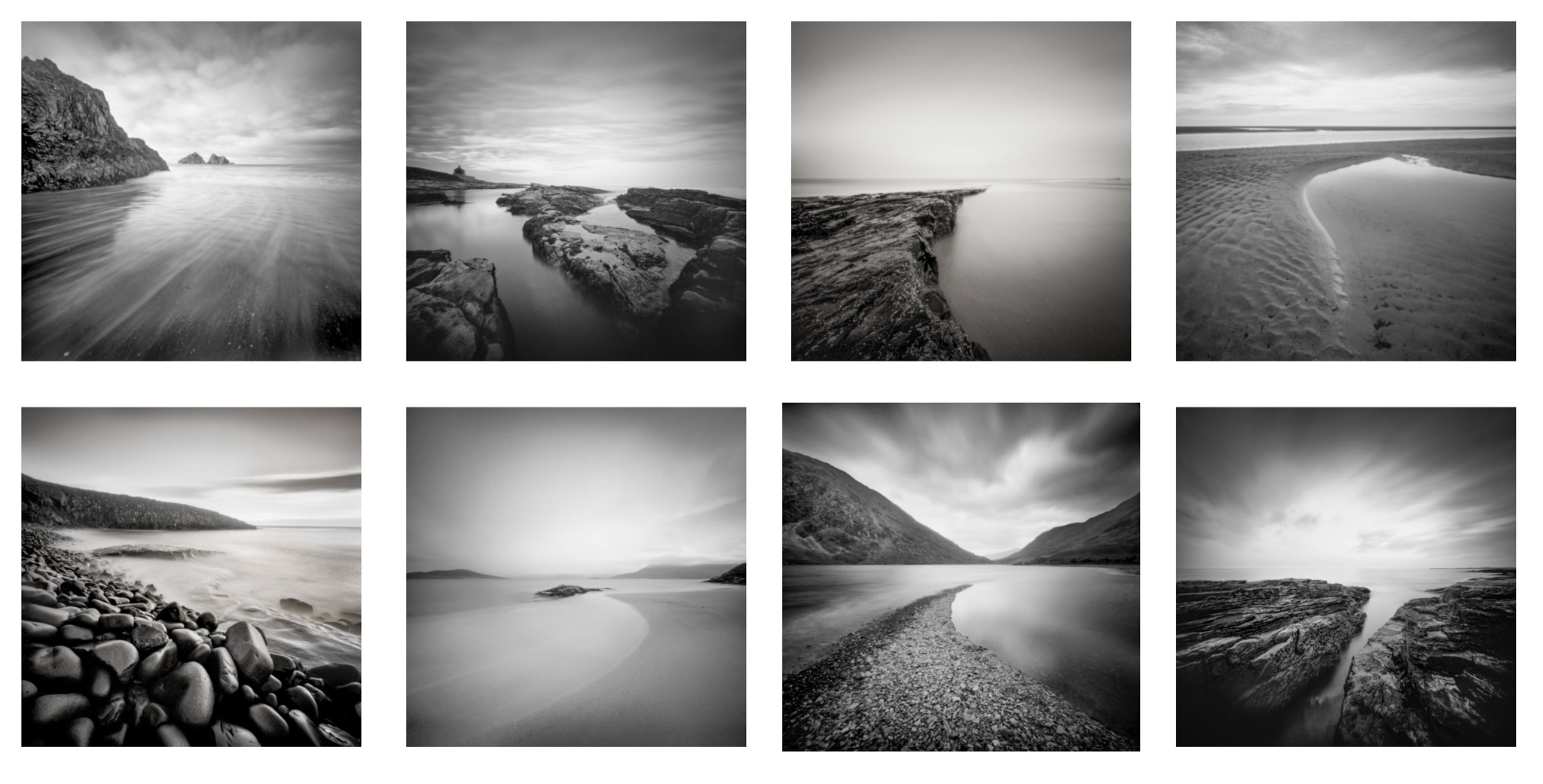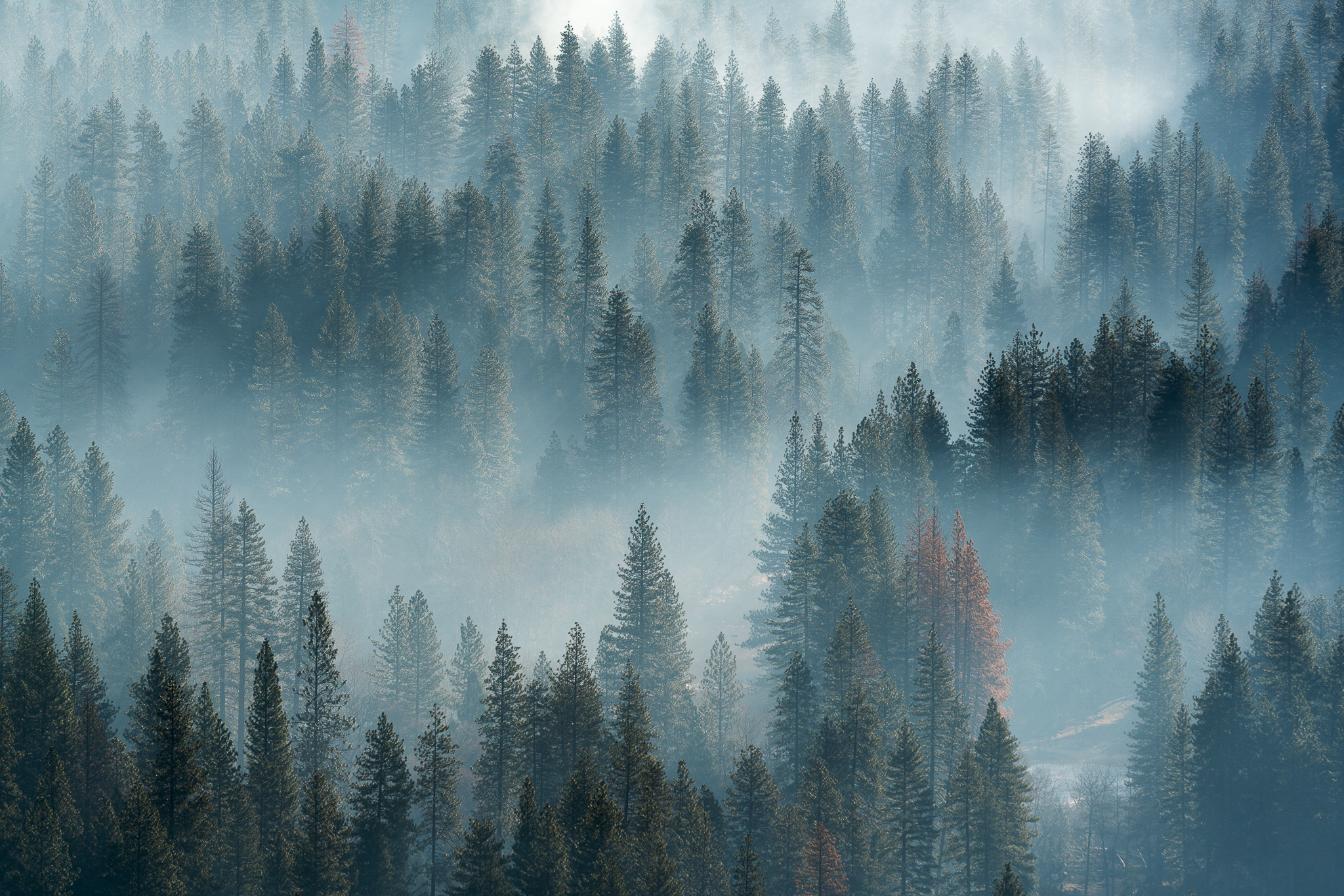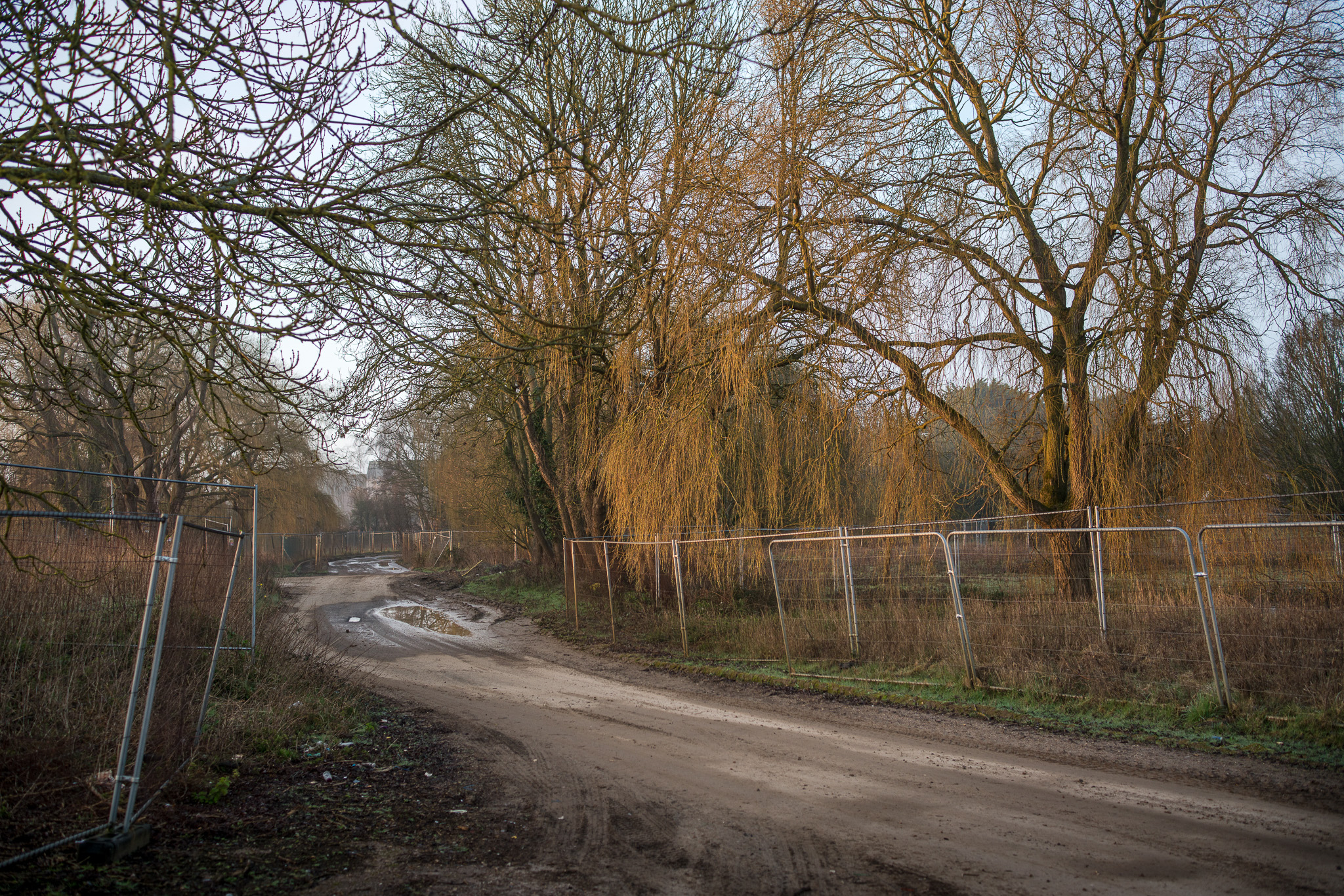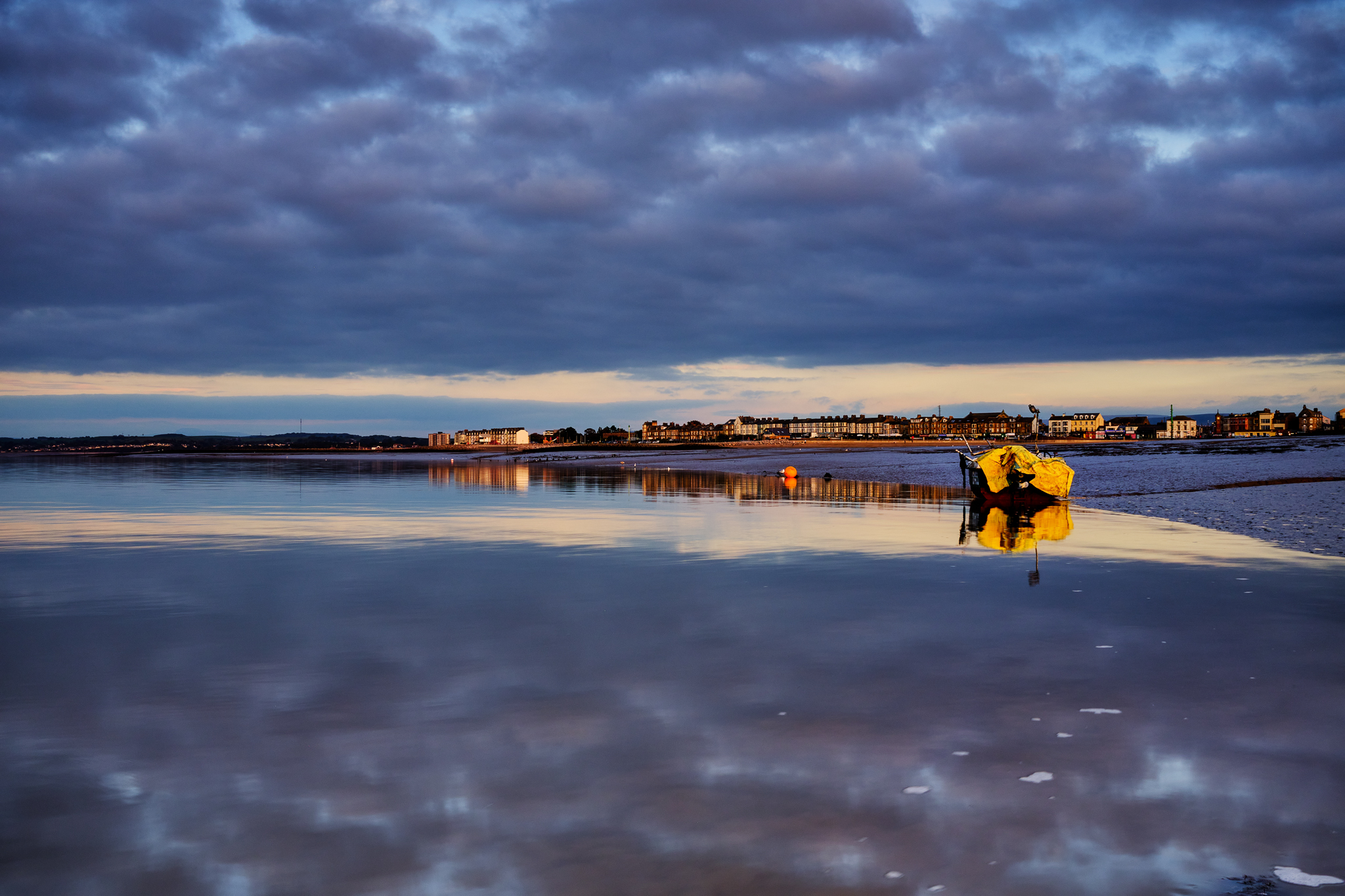sponsored by ..


I’ve had quite a few people email or message asking about NFT’s and so far I’ve been fairly reluctant to mention them. Not because they’re controversial as such, I’m not one to shy away from a bit of controversy, but mostly because I’m not really sure of their relevance to photography.
That might sound a bit odd given the amount of talk they seem to have generated across various social media channels and websites. But bear with me for a moment. First a quick summary of what NFT’s are. They’re a way of encrypting a picture so that you can prove you own it and hence can then provably transfer it to someone else. At the moment, most people are using an encryption process that relies on lots of processing and hence lots of energy use (not good for the planet). There are possible ways of doing it without lots of energy use but they’re not used by the majority. So to create one artwork or edition we’re talking roughly the same carbon footprint as an international flight. The numbers vary but that gives a rough idea.
But photographers also go on international flights (and drive cars, heat their houses, buy cameras, tripods, etc.) and what they want to do with their own lives is up to them. So we can’t say “NFT bad! All NFT photographers bad!” but if you’re making loads of NFTs you should probably think about the consequences, just as you should probably assess impact on the environment from other activities.
However, the reasons I’m not going to write any more than that about NFTs are the same reasons I don’t write about marketing your work on social media, how to create a limited company, the tax implications of VATMOS on European digital publications sales, etc. and that’s because it’s not really about photography.
As for my own opinion, I think the dark side of NFTs is the resemblance to a pyramid selling or Ponzi scheme using a platform that is unregulated and open to all sorts of abuses like money laundering by drug cartels and arms dealers and insider trading or market manipulation that would be illegal if the platform was managed like any other commercial market (phew!). I also think every person making a significant amount of money out of NFTs is inspiring hundreds, if not thousands more people to “give it a go”, effectively multiplying their carbon footprint massively.
So instead of commentary on NFTs, we’ll instead by talking about photography, such as this nice project about flowers by John Blakemore.
Tim Parkin
Tim Parkin

Issue 247
Click here to download issue 247 (high quality, 148Mb) Click here to download issue 247 (smaller download, 75Mb) more

Endframe: Full Moon over Mayo by Paul Kenny
At Ballinglen, he had easy access to the coast and the sea and Full Moon over Mayo is one of the very first of his Seaworks series that was eventually published as the book Seaworks 1998-2013 published by Triplekite Publishing in 2014. more

The Magic of the Forest
It is an ancient landscape of fairytale qualities where vast oaks, some over 500 years old, stand side by side with some of the tallest holly trees in Britain. more

Photographic Projects
The idea of photographic projects, bodies of work that are related through geography, subject matter or ideas, have been promoted by most photography practitioners as a way of developing your vision and making your work more meaningful. more

Natural Landscape Photography Awards Book
My last few weeks of 2021 were spent immersed in the world of photography books. And, for a change, I wasn’t looking at other people’s books but designing one of my own. more

Matt Payne
For this issue, we’re turning the tables on Matt Payne, who writes our ‘Portrait of a Photographer’ series. more

The Body Keeps the Score
The title of my miniature project comes from a book I found on my mum’s shelves as I cleared the house. more

Mark Pickup
Mark recently gained his distinction from the Associateship in the Disabled Photography Society. We talk to Mark about his photography and how he has adjusted his workflow around his Macular Dystrophy. more

